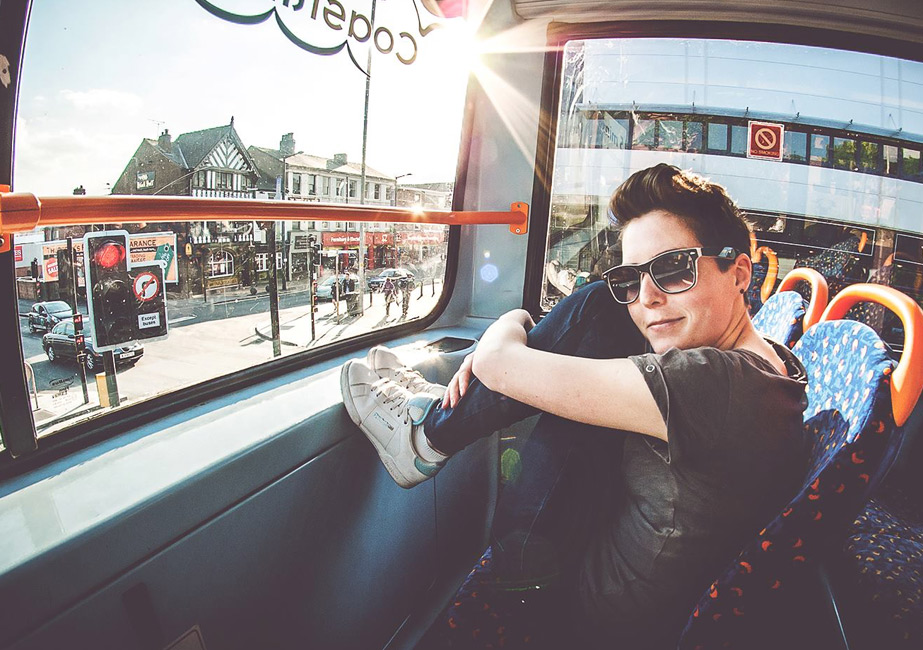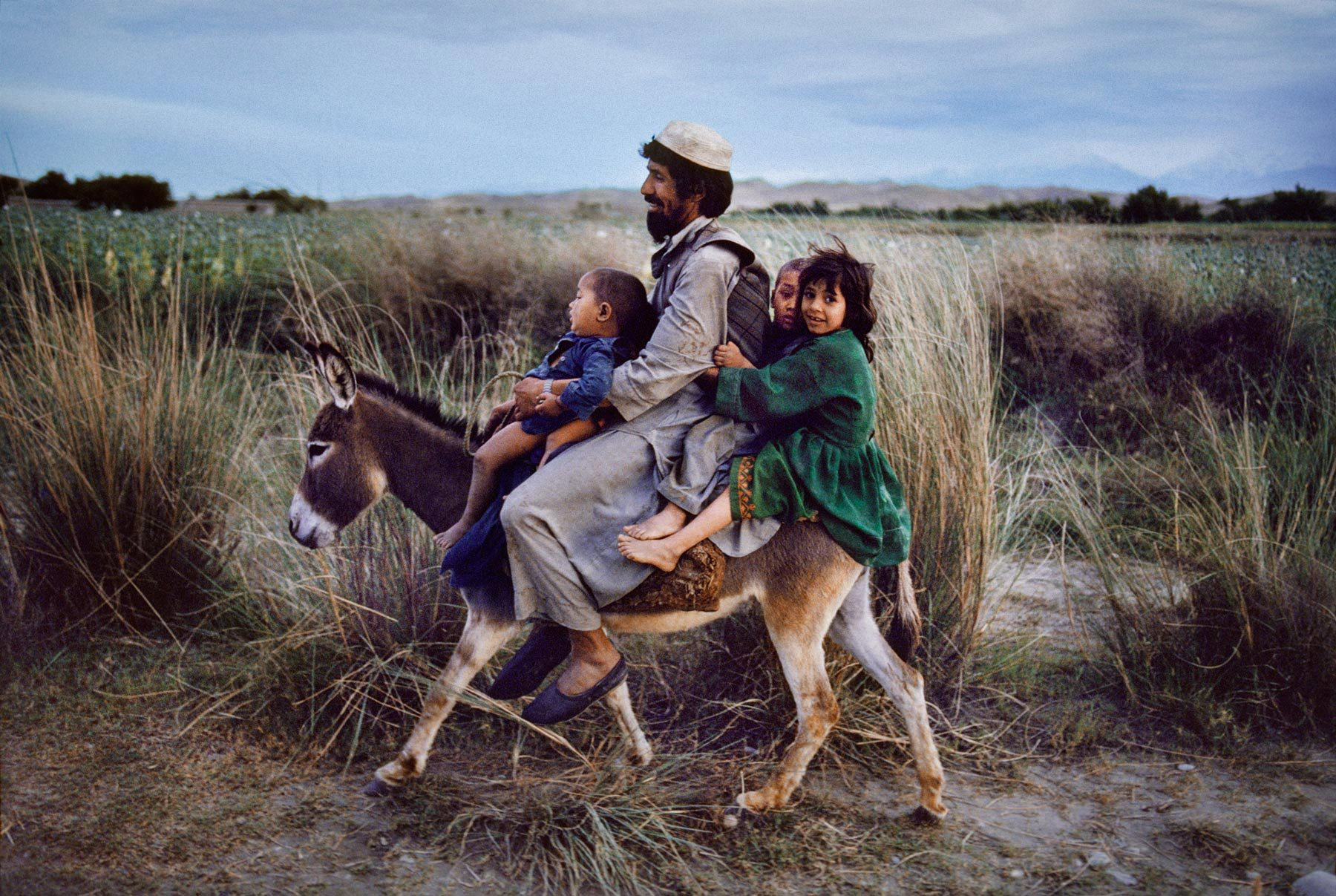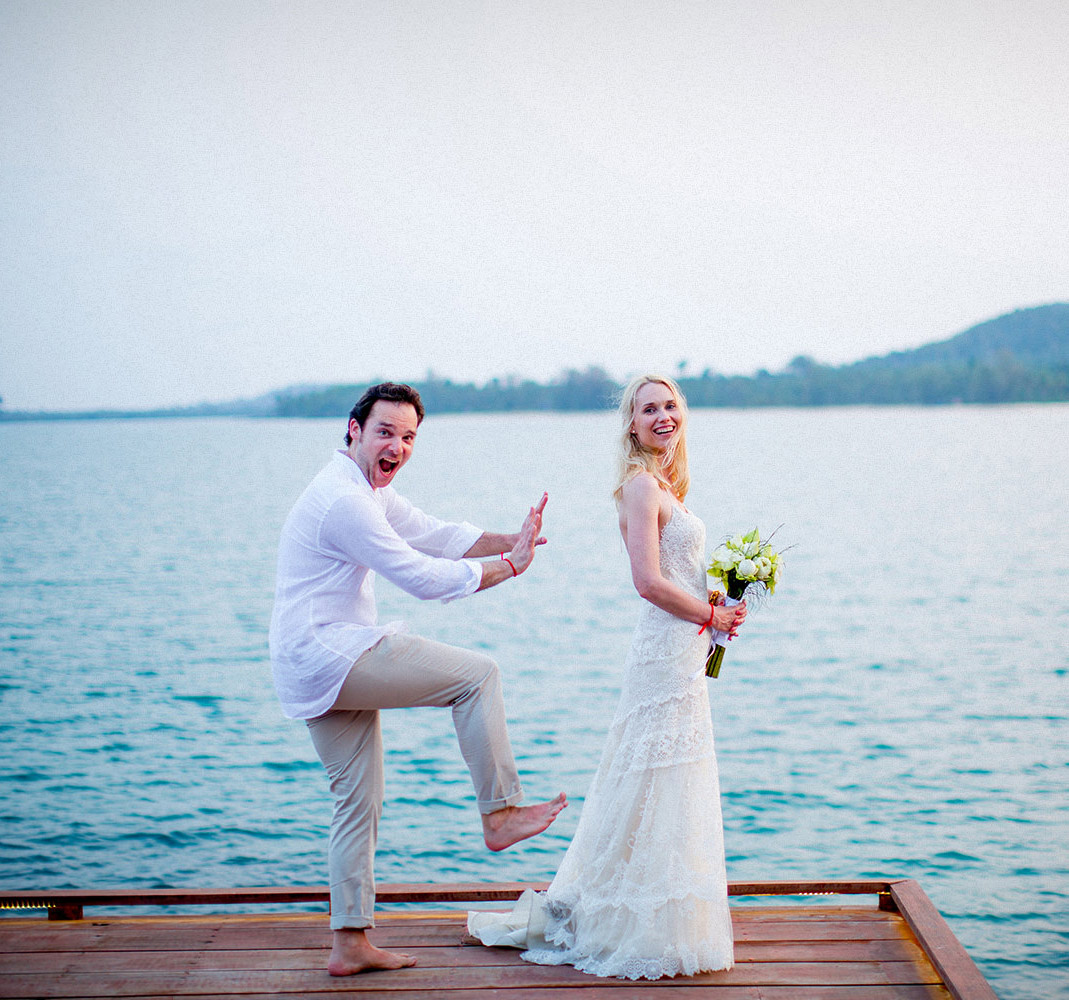Leafing through the rest of his archive is an utter joy; uncovering reams of brilliant and off-kilter images taken throughout the photographer’s busy 50-year career which show a knack for that all important “decisive moment.”
Ave grew up in Cincinnati, Ohio, and during the 1970s worked as art director for Hollywood’s Capitol Records, and went on to have his work shown at galleries including London’s Photographers’ Gallery, New York’s MoMA and Los Angeles’ Gallerie Diaframma.
“I totally took that as a compliment,” laughs Pentagram New York partner Emily Oberman. “Everyone moans about Pentagram because we have been trucking along doing the best work we can over many, many years and either we succeed or we fail, but at least we try.
“It’s funny to read all the things that get said about Pentagram. Some of it’s accurate and some of it’s so off the mark it’s crazy. And whatever people might think, at its core Pentagram is – and always has been – about doing good work. That is basically the business plan. The fact that we have been successful is as much a positive statement about the world of design as it is about the world of Pentagram.”

Photo © Pentagram New York
IT IS NOT LIKE JOINING SOME BIG CORPORATION
Team Oberman can be found on the lower ground floor of the New York office, right next to that of Michael Bierut, the longest-serving US partner. But the partners all sit together, in a line of desks that stretches down the left-hand side of the office’s first floor. From the waiting area, visitors come face-to-face with perhaps the most concentrated stretch of graphic design talent to be found anywhere in the world. It is an unusual arrangement, and while Michael and Emily can call straight down to their teams, other partners have to go upstairs to the upper floor to discuss their projects’ progress.
This building though was never designed to be a studio – it started life as a bank, became a clothing store and later a nightclub called MK, which Michael Bierut recalls as being themed around the idea of an illicit house party of a louche South American playboy who’s magnate father was away. Michael, it must be said, has an extraordinarily detailed knowledge of the New York nightclub scene of the 1980s and 90s.
“My mission in life is not merely to survive, but to thrive; and to do so with some passion, some compassion, some humor, and some style.”
The first time Luke was interviewed as a potential partner he was actually turned down – “I was too nervous or too needy” – but he was accepted second time around, fresh off his huge success redesigning New York magazine “I was funnier and I think that really matters”. Now he describes the interaction between the partners when they all get together as “a little chaotic, a little dysfunctional.”





